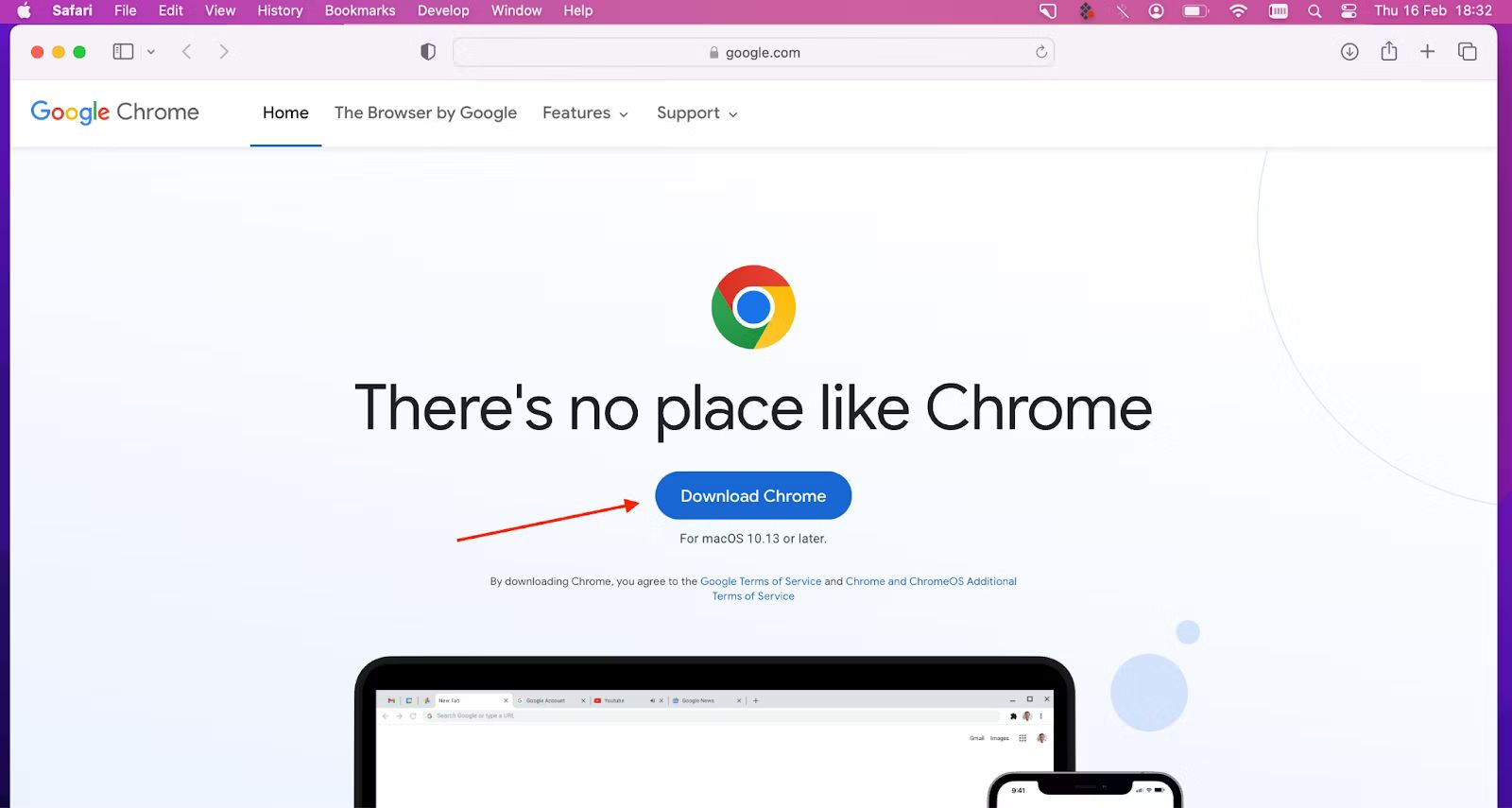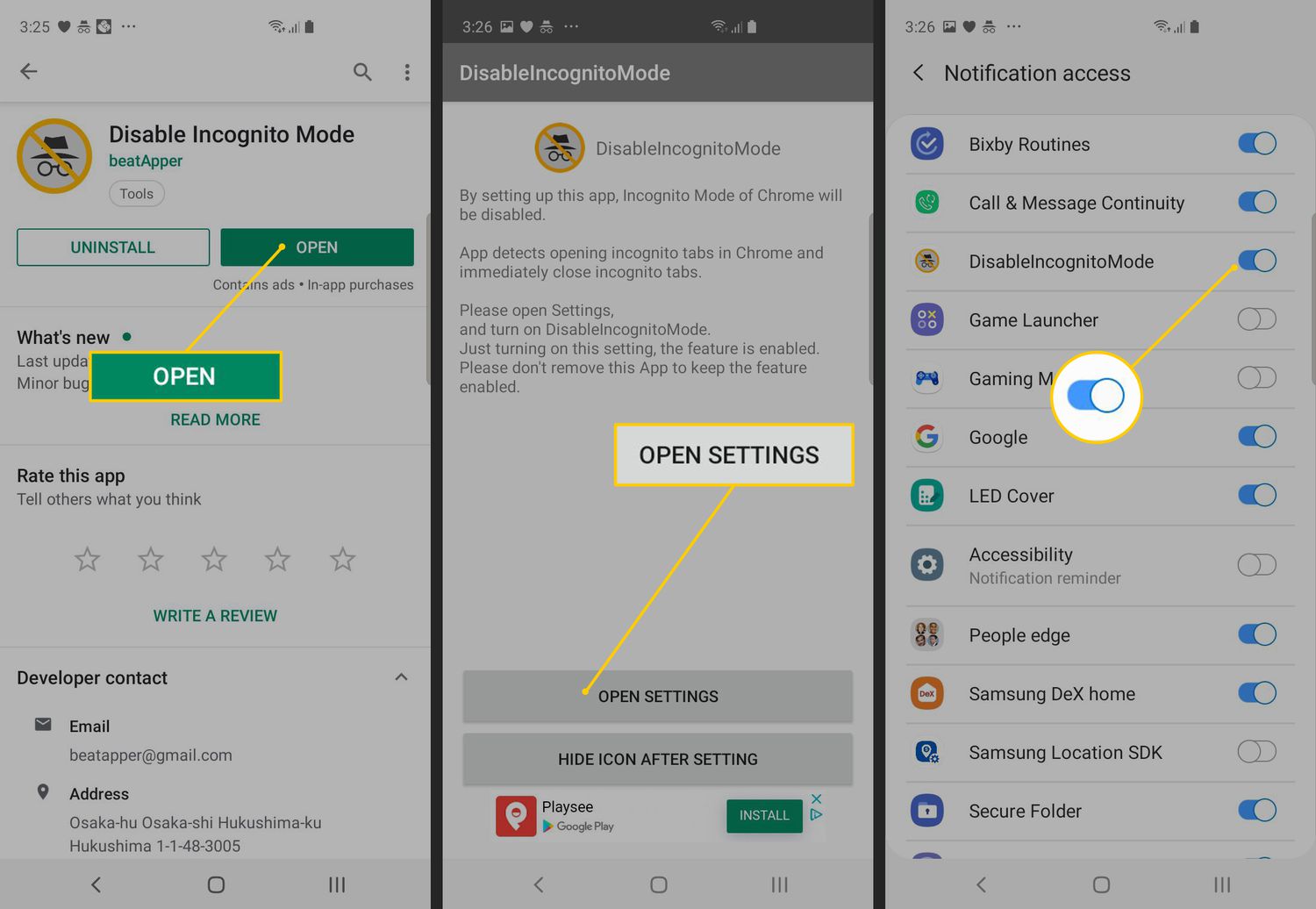Introduction
Google Chrome is one of the most popular web browsers, known for its speed, simplicity, and user-friendly interface. However, for users accustomed to Internet Explorer or Microsoft Edge, finding the equivalent of "Tools > Internet Options" in Google Chrome can be a bit perplexing. In Internet Explorer, "Tools > Internet Options" is the gateway to a plethora of browser settings, including security, privacy, and content controls. These settings allow users to customize their browsing experience and manage various aspects of their internet usage.
In Google Chrome, the equivalent of "Tools > Internet Options" is not directly accessible through a traditional menu structure like in Internet Explorer. Instead, Chrome offers a streamlined approach to managing browser settings, with a focus on simplicity and efficiency. Understanding how to access and manage these settings in Chrome is essential for users who want to customize their browsing experience, enhance security, and optimize performance.
In this article, we will delve into the process of accessing and managing browser settings in Google Chrome. Whether you are a seasoned Chrome user or transitioning from a different browser, this guide will equip you with the knowledge to navigate Chrome's settings effectively and tailor your browsing environment to suit your preferences. Let's embark on this exploration of Chrome's settings to uncover the tools and options that empower users to optimize their browsing experience.
Accessing Internet Options in Google Chrome
In Google Chrome, the equivalent of "Tools > Internet Options" in Internet Explorer is accessed through the browser's settings. To access these settings, start by clicking on the three-dot menu icon located in the top-right corner of the Chrome window. This will open a dropdown menu with various options. From this menu, select "Settings" to access the core configuration options for your Chrome browser.
Upon clicking "Settings," a new tab will open, displaying a range of customization options and controls. The left-hand sidebar provides easy navigation to different categories of settings, including "Privacy and security," "Autofill," "Site settings," and more. These categories encompass a wide array of options that allow users to manage their browsing experience effectively.
One of the key sections within Chrome's settings is "Privacy and security." Here, users can find a multitude of options to customize their privacy settings, manage site permissions, and enhance security measures. Additionally, users can access the "Clear browsing data" feature, which enables them to delete browsing history, cookies, cached images, and other site data to maintain a clean and efficient browsing environment.
Another essential area within Chrome's settings is "Site settings." This section provides granular control over website permissions, allowing users to manage notifications, location access, camera and microphone permissions, and more on a per-site basis. This level of control empowers users to tailor their browsing experience to their specific preferences and security requirements.
Furthermore, Chrome's settings encompass a wide range of additional options, including "Advanced" settings that offer even more customization and control. From managing language preferences to configuring content settings and accessibility features, Chrome's settings provide a comprehensive toolkit for users to personalize their browsing environment.
In summary, accessing the equivalent of "Tools > Internet Options" in Google Chrome involves navigating to the browser's settings through the three-dot menu icon. Once in the settings, users can explore a wealth of options to customize their browsing experience, manage privacy and security settings, and fine-tune various aspects of their interaction with websites. By familiarizing themselves with Chrome's settings, users can harness the full potential of the browser and tailor it to suit their individual needs and preferences.
Managing Browser Settings
Managing browser settings in Google Chrome encompasses a diverse array of options that empower users to tailor their browsing experience, enhance security, and optimize performance. Within the browser's settings, users can delve into various categories to fine-tune their preferences and configure controls that align with their individual needs.
Privacy and Security
The "Privacy and security" section within Chrome's settings serves as a pivotal hub for managing crucial aspects of online privacy and security. Here, users can explore options to control site permissions, configure content settings, and bolster security measures. The ability to customize cookie settings, control pop-ups, and manage site permissions on a granular level provides users with a robust toolkit to safeguard their online activities.
Site Settings
Chrome's "Site settings" section offers a nuanced approach to managing permissions and preferences on a per-site basis. Users can exercise precise control over notifications, location access, camera and microphone permissions, and more. This level of granularity empowers users to curate their browsing environment, ensuring a seamless and secure interaction with websites while mitigating potential privacy concerns.
Advanced Settings
Delving into Chrome's "Advanced" settings unveils a treasure trove of customization options that cater to diverse user requirements. From configuring language preferences and managing accessibility features to fine-tuning content settings, the advanced settings provide an expansive playground for users to tailor their browsing experience with precision.
Clear Browsing Data
The "Clear browsing data" feature within Chrome's settings allows users to maintain a clutter-free browsing environment by deleting browsing history, cookies, cached images, and other site data. This functionality not only enhances privacy but also contributes to optimizing browser performance, ensuring a streamlined and efficient browsing experience.
Extensions and Add-ons
Chrome's settings also encompass a dedicated section for managing extensions and add-ons. This area enables users to explore, install, and configure a wide range of extensions that augment the browser's functionality. Whether it's enhancing productivity, bolstering security, or customizing the browsing interface, the extensions and add-ons section offers a gateway to expand and personalize Chrome's capabilities.
In essence, managing browser settings in Google Chrome transcends mere customization; it embodies the empowerment of users to sculpt their digital interactions according to their unique preferences and requirements. By navigating through the multifaceted landscape of Chrome's settings, users can harness a wealth of options to fortify security, optimize performance, and curate a browsing environment that aligns seamlessly with their individual needs.
Conclusion
In conclusion, while Google Chrome does not feature a traditional "Tools > Internet Options" menu akin to Internet Explorer, it offers a streamlined and comprehensive approach to managing browser settings. By navigating to the browser's settings through the three-dot menu icon, users can access a wealth of customization options and controls that empower them to tailor their browsing experience, enhance security, and optimize performance.
Chrome's settings encompass pivotal sections such as "Privacy and security," "Site settings," and "Advanced" settings, each offering a diverse array of options to fine-tune preferences and configure controls. The ability to manage site permissions, configure content settings, and exercise granular control over privacy and security measures equips users with a robust toolkit to safeguard their online activities.
Furthermore, the "Clear browsing data" feature within Chrome's settings enables users to maintain a clutter-free browsing environment by deleting browsing history, cookies, cached images, and other site data. This not only enhances privacy but also contributes to optimizing browser performance, ensuring a streamlined and efficient browsing experience.
Additionally, Chrome's settings provide a dedicated section for managing extensions and add-ons, allowing users to explore, install, and configure a wide range of extensions that augment the browser's functionality. This offers a gateway to expand and personalize Chrome's capabilities, catering to diverse user needs and preferences.
By familiarizing themselves with Chrome's settings and delving into the multifaceted landscape of customization options, users can harness the full potential of the browser and tailor it to suit their individual requirements. This not only enhances their browsing experience but also empowers them to navigate the digital realm with confidence, security, and efficiency.
In essence, Google Chrome's approach to managing browser settings transcends mere customization; it embodies the empowerment of users to sculpt their digital interactions according to their unique preferences and requirements. As users continue to explore and leverage the myriad options within Chrome's settings, they embark on a journey of personalized browsing experiences, fortified security, and optimized performance, ultimately shaping a digital environment that seamlessly aligns with their individual needs.

























